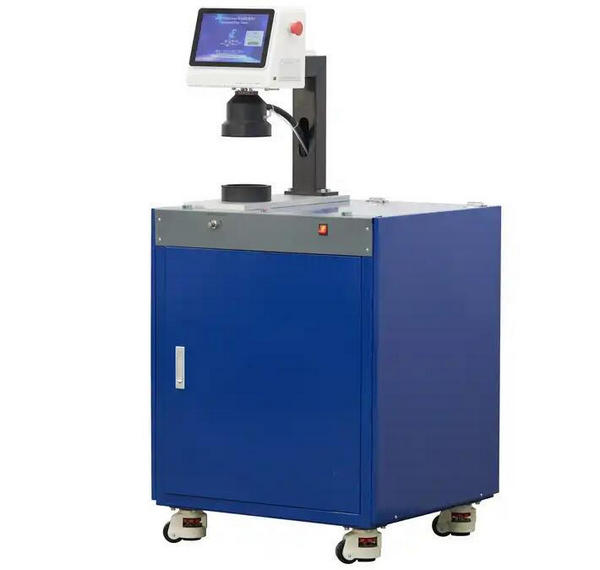What is the differential mask pressure testing?
The differential mask pressure test is a method used to evaluate the breathability or air permeability of face masks. It measures the resistance of airflow through the mask material, which affects the comfort and functionality of the mask.
Here's an overview of how the differential mask pressure test is conducted:
1. Test Setup: The test apparatus consists of a chamber with an inlet and an outlet. The face mask is securely mounted over the inlet, creating a seal between the mask and the apparatus.
2. Test Procedure: With the mask in place, a controlled airflow is generated by applying a pressure difference between the inlet and outlet of the test chamber. The pressure difference is typically measured using a manometer or pressure gauge.

3. Airflow Measurement: The airflow passing through the face mask is measured as the volume of air (often expressed in liters per minute) that flows through the test chamber. The pressure difference across the mask determines the resistance to airflow.
4. Data Collection: The airflow measurements are recorded at different pressure differentials, typically in the range of 1 to 10 cm water column (cmH2O). The pressure differentials are applied incrementally, and the corresponding airflow rates are measured and recorded.
5. Calculation: The test data is analyzed to determine the pressure drop across the mask at various airflow rates. The pressure drop is the difference in pressure between the upstream (inlet) and downstream (outlet) sides of the mask. It indicates the resistance encountered by the wearer during breathing.
6. Evaluation: The pressure drop values obtained from the test can be compared against specific standards or guidelines to assess the breathability of the face mask. Lower pressure drop values indicate better breathability, as they indicate less resistance to airflow.
The differential mask pressure test is an important assessment for evaluating the comfort and usability of face masks. It helps ensure that the masks allow for sufficient airflow while still providing effective filtration and protection.
It's worth noting that there may be variations in the specific testing apparatus and protocols used for the differential mask pressure test, depending on the applicable standards or guidelines. Therefore, it's important to refer to the relevant testing standards or regulatory requirements for precise instructions and specifications.

